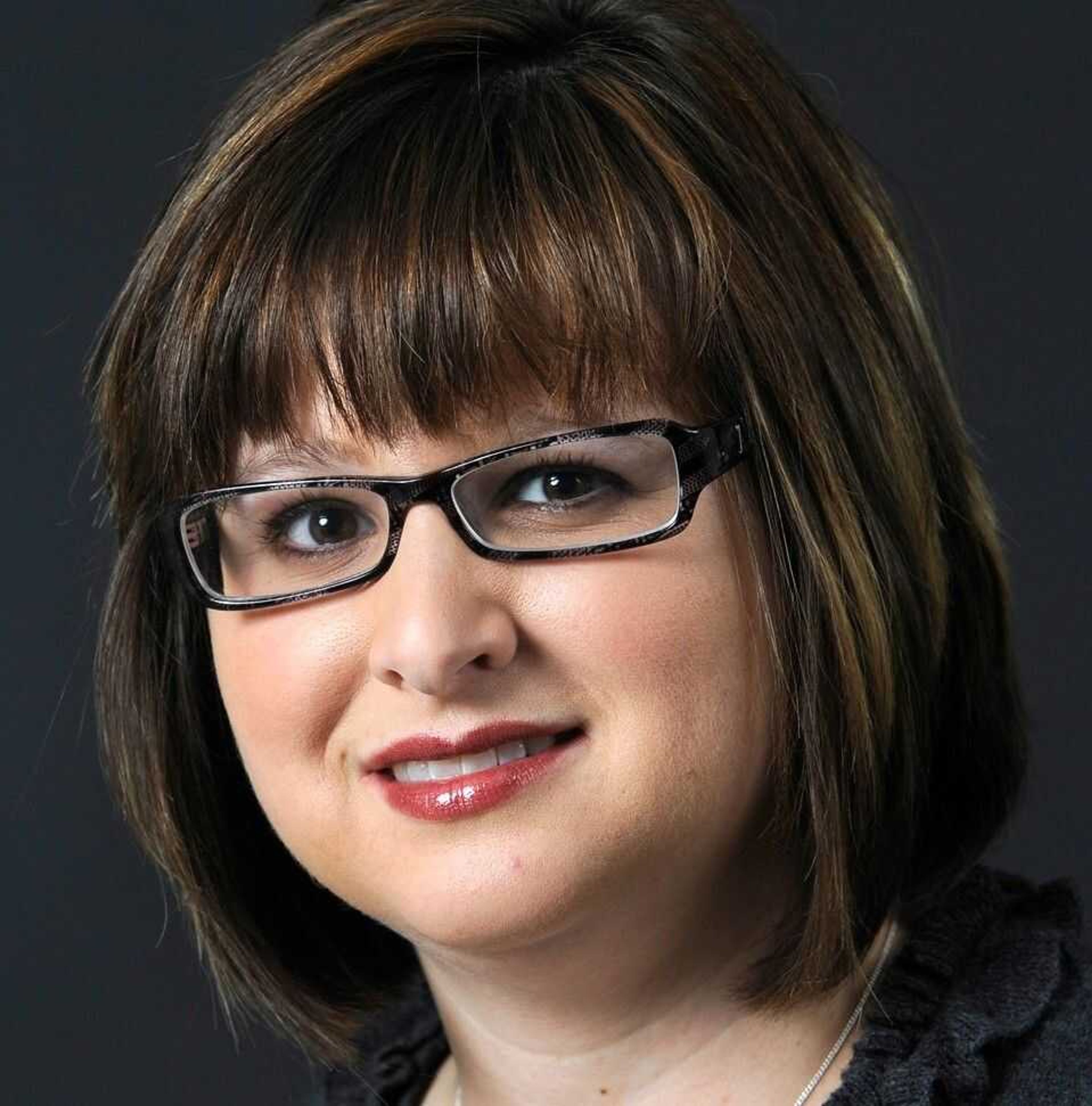New year brings with it health-care questions
It appears health-care reform is here to stay. After the Patient Protection and Affordable Care Act of 2009 was upheld by the U.S. Supreme Court this summer and President Barack Obama, who advocated for the act was re-elected in November, new measures were implemented in the fall. More will take effect in 2013...
It appears health-care reform is here to stay.
After the Patient Protection and Affordable Care Act of 2009 was upheld by the U.S. Supreme Court this summer and President Barack Obama, who advocated for the act was re-elected in November, new measures were implemented in the fall. More will take effect in 2013.
Flexible-spending accounts
For 2013, there is a limit on the amount of money employees can put into a workplace flexible spending account. This has been capped at $2,500, where the limits were set by the employer. This tax-free money could be used for out-of-pocket medical expenses, such as co-payments for doctor visits and prescriptions. While employees may not be able to put as much money into these accounts as they would like, the new regulation is good news for employers, said Dr. Heather McMillan, who teaches human resources classes at Southeast Missouri State University's Harrison College of Business. She is certified as a Professional in Human Resources by the Society for Human Resource Management.
While employees pay into these accounts throughout the year, they can withdraw the whole amount at any time.
"Let's say I have an accident in January and I go to the hospital and I take all that money out. If I quit in February, then the employer is out that money," McMillan said. "The fact that those amounts were reduced is more of an insurance policy for employers. They don't have as much potential liability."
Ryan Barker, director of health policy for the Missouri Foundation for Health, a nonpartisan, not-for-profit health advocacy group, said employers relied on flexible-spending accounts as a way to help employees manage out-of-pocket costs on high-deductible insurance plans.
"One thought for limiting this was to try to move away from these high deductible health-care plans. Employers and consumers are attracted to these plans because they cost less up front, but then people have something major happen, go to the hospital, and they can't afford their deductible," Barker said.
Medical expenses contribute to about 60 percent of U.S. bankruptcies, he said.
Insurance on W2s
All employers who offer health insurance to their employees must list the cost of that health insurance and what percentage is paid by the employer and the employee on W2 forms. Employers with 250 or more employees are required to do this on their 2012 W2 forms.
Barker said this may seem like just another hoop for employers to jump through, but it should ease concerns people have about the individual-mandate component of the health-care reform law.
By doing something employees do every year anyway -- that is, include their W2 form with their tax return -- they will be able to notify the Internal Revenue Service they have insurance.
"It's a simple way for you to prove you aren't subject to the penalty under the individual mandate," Barker said. About 65 percent of Missourians have insurance through their employer, he said.
Medicaid expansion
In the upcoming legislative session, whether or not to expand the state's Medicaid program will be a topic of debate.
Under the health-care reform act, the federal government would pay the entire cost to expand states' Medicaid programs for the first three years, then slowly phase in state's responsibility. By 2020, states would be responsible for 10 percent of the expanded Medicaid population with federal funding covering the remainder.
According to a study released in November by the Missouri Hospital Association, expanding the program would cost the state $333 million from 2014 to 2020. During that time, the federal government would spend $8.3 billion.
The report says spending and coverage during the period would generate 22,000 Missouri jobs in nursing, hospitals, payroll and other associated areas. Taxes generated by those jobs, and other economic growth, could provide enough money to cover the state's share.
"Some legislators are concerned, and rightly so, that there is nothing preventing congress from going back and revising the law to put more of the cost onto the state," Barker said. "When you talk about this long term of a program, there is always that risk."
Expanding Medicaid to include more parents and childless adults would add an estimated 200,000 people to the state's Medicaid roster.
"If we expand Medicaid, one of the big questions is where are these people going to go, because a lot of doctor's don't take Medicaid patients," Barker said.
In an effort to expand Medicaid patients' access to health-care payments to primary-care physicians who treat them will increase to a level equal to Medicare reimbursements. This increase, effective Jan. 1, is fully funded by the federal government.
Barker warns increasing reimbursements may not be enough to convince physicians who don't accept Medicaid patients to begin doing so. Medicaid patients often have transportation problems and end up rescheduling, canceling or just not showing up for appointments, Barker said physicians have told him.
"I don't think this is the silver bullet to solving the access issues with Medicaid. It will have some impact, but probably not enough," he said.
mmiller@semissourian.com
388-3646B
Connect with the Southeast Missourian Newsroom:
For corrections to this story or other insights for the editor, click here. To submit a letter to the editor, click here. To learn about the Southeast Missourian’s AI Policy, click here.











